Table of Contents
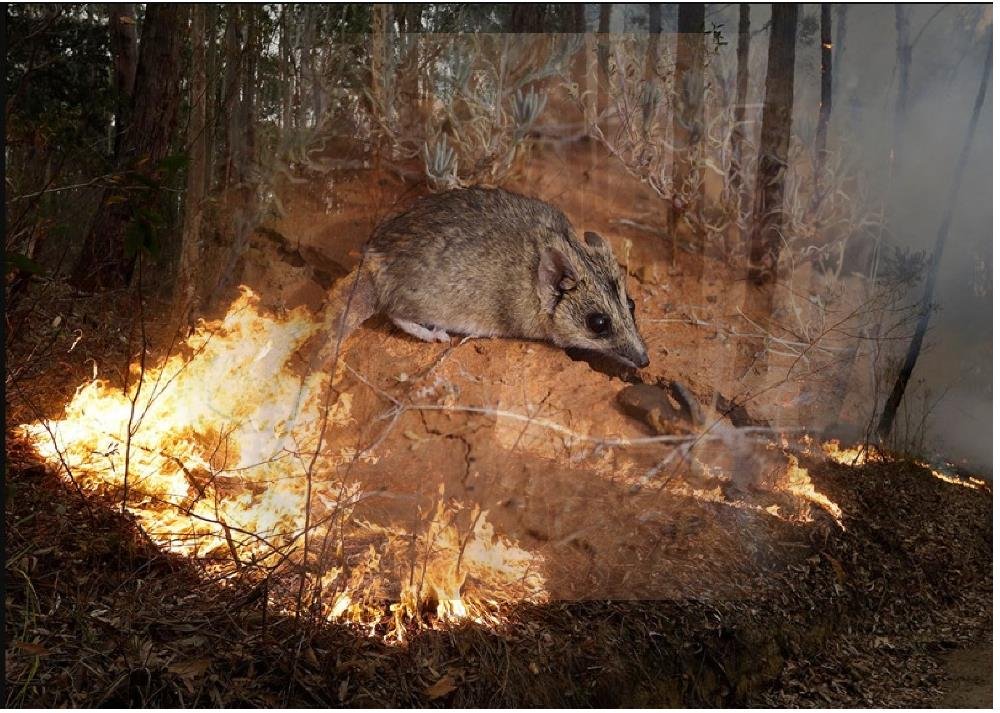
australian-fire-animals-extinction
Bush and forest fires in Australia are causing irreversible damage to Australia’s wildlife. In danger, these animals risk disappearing forever.

Fires in Australia: 7 animals likely to disappear
The sixth mass extinction
The prospects were already bleak for many, many species on our planet. The Center for Biological Diversity in the United States and other scientific organizations have for several years denounced the existence of a sixth mass extinction on Earth. And this, since life forms appeared there 3.8 billion years ago: 1000 species now disappear every year.
But the recent surge of bush and forest fires in Australia that has destroyed – as of this writing – more than 63,130 km2 (15.6 million acres) of land, according to the BBC, increased these numbers.
1. Dunnart of Kangaroo Island (Sminthopsis aitkeni)
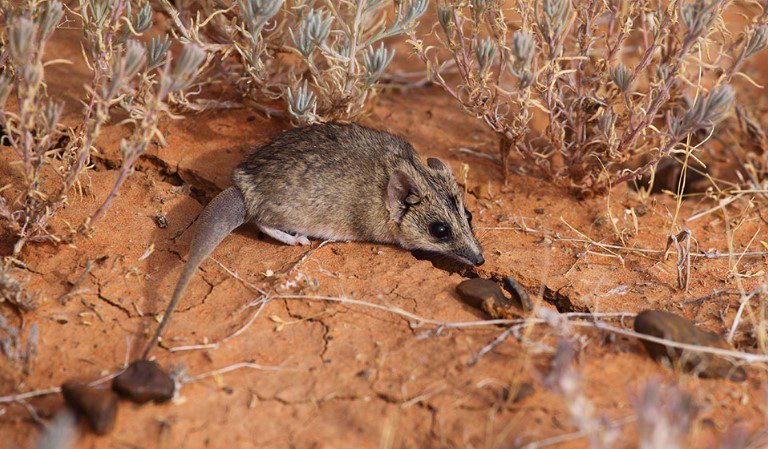
Dunnart of Kangaroo Island
The recent fires have affected about half a billion – yes, you read that right, 500 million – animals across Australia, including a small marsupial called dunnart. This insectivorous mouse was already vulnerable due to the transformation of its habitat by agriculture. The dunnart of Kangaroo Island, which can only be found on the island of the same name, has just seen its habitat destroyed by three different fires, according to the Daily Mail.
As with the other affected animals, dunnarts died in the flames and smoke; others will later die of hunger or lack of shelter, due to the destruction of the trees and shrubs that protected them; others will be eaten by foxes and wild cats.
2. Long-nosed Potorou (Potorous tridactylus)
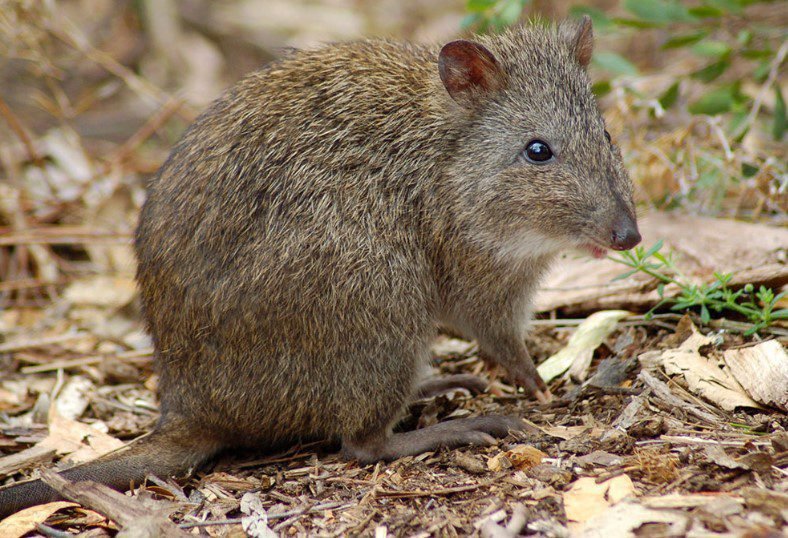
Long-nosed Potorou
Australia already had the highest rate of species extinction in the world: 34 species and subspecies have disappeared in this country for 200 years, said Chris Dickman, PhD, expert on Australian biodiversity at the University of Sydney. With the current fires, we can speak of devastation.
The long-nosed potorou, a kangaroo rat that feeds on truffles in forests of great biodiversity was already on the list of vulnerable species. The October fires decimated critical habitat for him in New South Wales, reports the journal Science.
Given its size, the Long-nosed Potorou is far behind these 23 largest animals and living species in the world.
3. Koala (Phascolarctos cinereus)

Koala
In November 2019, a Guardian article presented the situation of these endearing marsupials by talking about the functional extinction of wild koalas. It was not yet the case. Since then, 25,000 of the 50,000 koalas on Kangaroo Island, a population that contained the only healthy animals still in existence, have died in the fires, according to a more recent article in the Guardian.
It was on this population that we intended to restore the situation of the koala. Its future is now really threatened and experts believe that this species can never be restored. Images of burnt koalas emerging from smoke to beg passers-by for food and water moved the whole world.
4. Blue Mountain Skink (Eulamprus leuraensis)
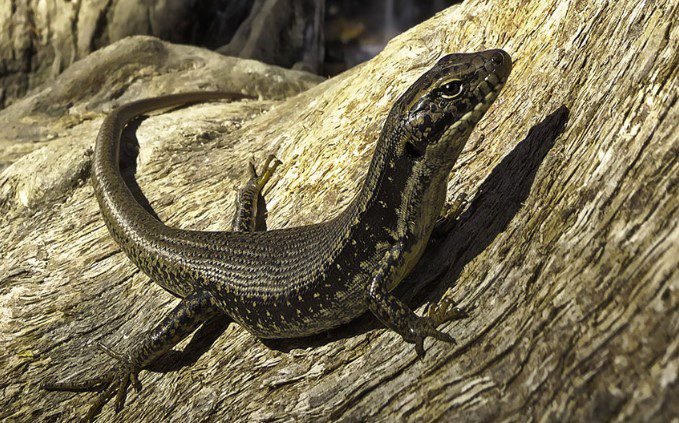
Blue Mountain Skink
It seems that the fires in Australia will continue for six weeks, as the weather since the beginning of January is very unstable due to climate change. Data on the island continent’s wildlife continues to worsen.
The Blue Mountain Skink is a medium-sized, yellow-striped aquatic lizard that has already been on the Australian government’s list of endangered species since April 2019. What will happen to it now that fires have ravaged its tiny territory blue mountains? Her situation is potentially dire.
5. Regent Honeyeater (Anthochaera phrygia)
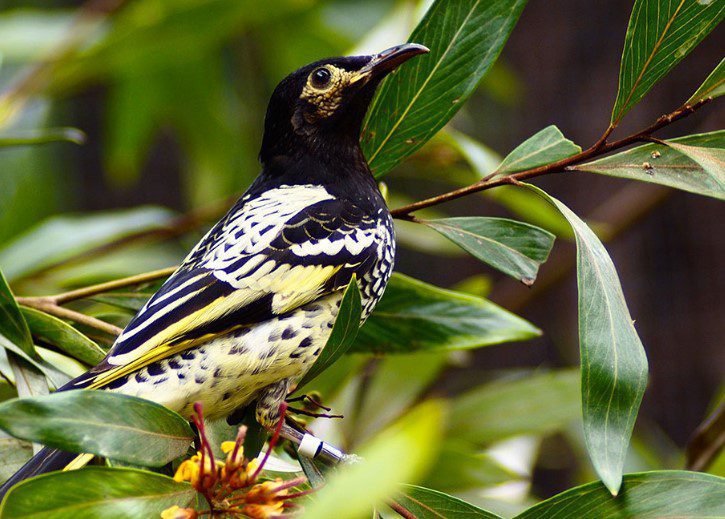
Regent Honeyeater
The Blue Mountains of New South Wales are the “last bastion” of this honey-eating bird. The situation of this lovely bird with scalloped feathers of white and yellow and curved beak was already considered critical by environmentalists, its population being estimated at 250 to 400 subjects in the wild.
The vast majority of these small birds breed in these mountains some 100 km from Sydney, the largest city in Australia. They were eating nectar. The fires have destroyed their nesting sites in at least five valleys, which could result in their “complete disappearance,” according to Newsweek.
6. Silver-headed Antechin (Antechinus argentus)
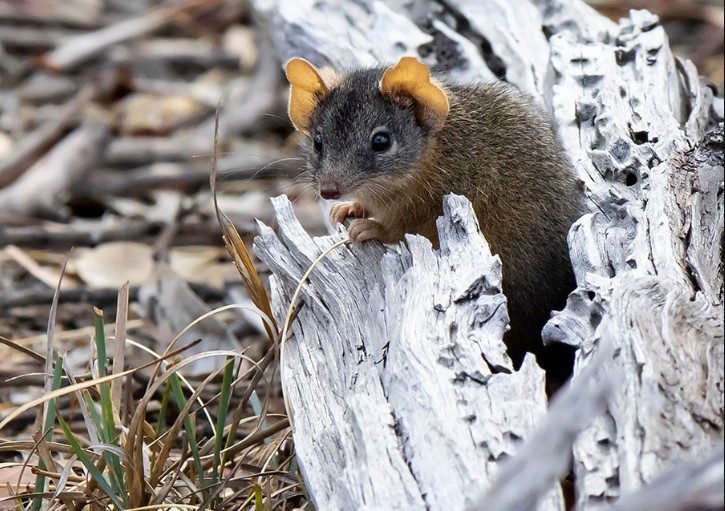
Silver-headed Antechin
South Queensland is the last habitat for this endangered carnivorous marsupial that looks like a shrew. By early January, most of its territory had been wiped out by the fires. The consequences are disastrous for Antchin as for all the animals of Australia, because the fires of this year, unlike the fires of the previous years, did not leave any piece of intact land which would have allowed the species to survive and to rebuild their populations. Professor John Woinarski of Charles Darwin University told the Guardian that the ravages of fire suggest “a dark future for all of our wildlife.”
Frog sachet (Assa darlingtoni)
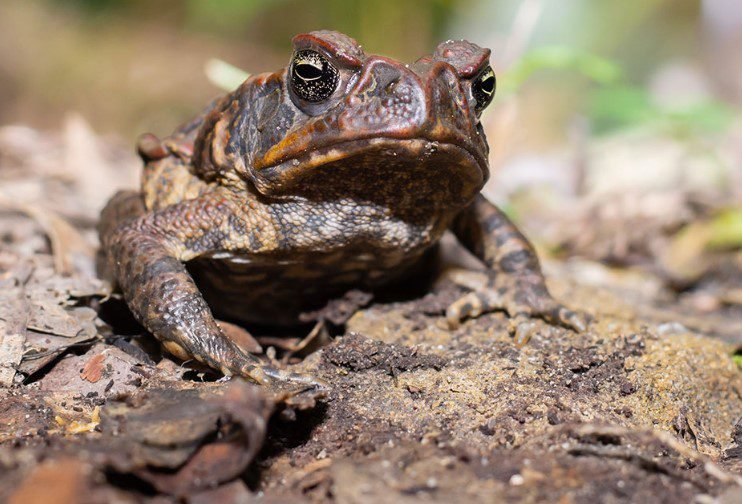
Frog sachet
“This is the end for many species,” said Sarah Legge, researchers at the Australian National University as she spoke to the media about the impacts of fires on animals. This yellow-eyed frog whose scientific name is myoba trachidae, or bag frog, so-called because it carries its tadpoles in a bag after they hatch, has no resistance to fire. A considerable number are believed to have died in the fires that destroyed the Gondwana rainforest, as it needs a layer of wet leaves on the ground to survive.
As with all the other animals in this text, we must intervene immediately to respond to climate change that puts us all at risk.
